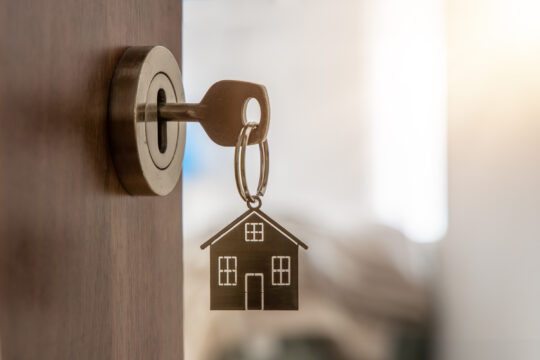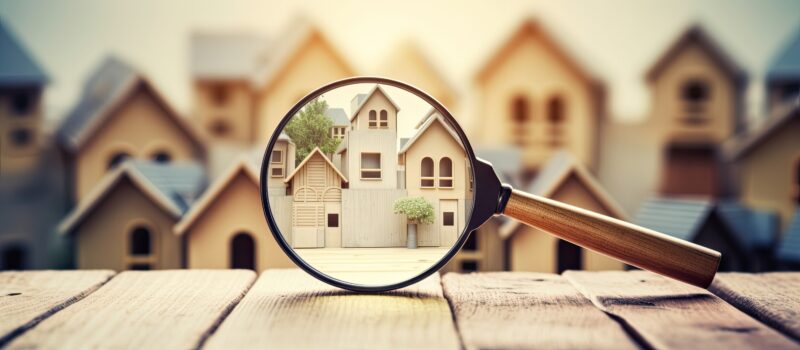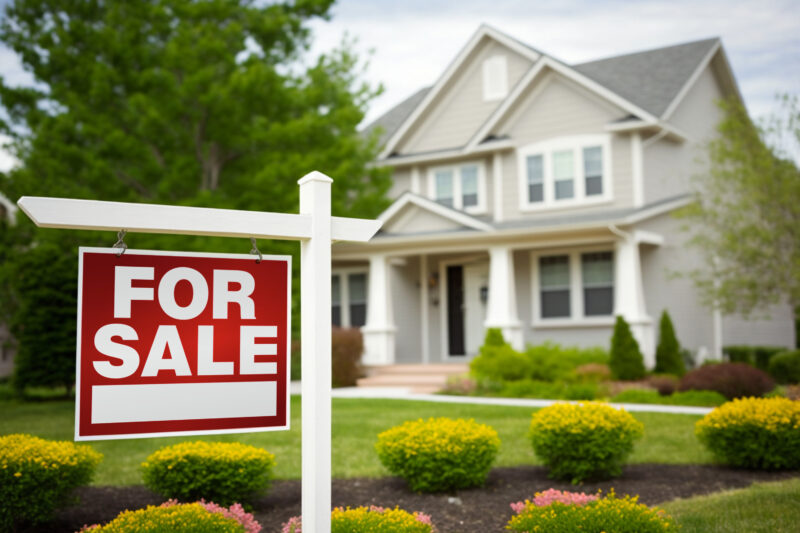When searching for a home, most buyers focus on location, layout, and price. But the true cost of homeownership goes far beyond the sticker price. Every day, families live with unseen problems—from air quality issues to comfort challenges and high utility bills—that listings rarely mention.
In this blog, we explore three major categories of hidden home performance problems and show you which features to look for to protect your health, comfort, and budget.
While mortgage, taxes, and insurance are front-of-mind when buying a home, non-mortgage costs can quietly match or exceed them. According to a 2025 report, the average homeowner spends $24,529 per year on:
Utilities: $7,319
Maintenance: $6,087
Renovations: $5,762
Property Taxes & Insurance: ~$5,300
That means nearly half the cost of owning a home comes from ongoing operational and upkeep expenses. Yet most buyers are unaware of this burden until it hits their wallet. Surveys show:
81% say costs were higher than expected
69% report regrets about their house and its associated costs
Nearly half of homeowners (46%) say they did not accurately estimate the cost of repairs and improvements before buying.

Did you know that about a quarter of American families have trouble paying their energy bills? ACEEE.
Many of these expenses stem from poor home performance—inefficiencies, deferred maintenance, and undiagnosed issues that are invisible during a walk-through.
You can’t see poor air quality, but you can feel its effects every day. High humidity, poor ventilation, and hidden contaminants can quietly create unsafe conditions, especially for vulnerable populations like the elderly or young children, or for those with asthma, allergies, or respiratory conditions.
Mold and mildew in damp areas like basements, bathrooms, and crawlspaces
Dust mites that thrive in humid indoor environments
High particulate matter from cooking, pets, or outdated HVAC systems
The EPA estimates that indoor air is 2 to 5 times more polluted than outdoor air. Symptoms from poor indoor air quality include fatigue, coughing, sinus problems, and worsened respiratory illness.
Home Performance Insight: Did you know the “sweet spot” of indoor relative humidity is between 40%-60%, and that bacteria, viruses, fungi, and mites can thrive when indoor humidity levels are excessive?
Mechanical ventilation (HRVs or ERVs)
Whole-house dehumidification
Exhaust fans vented to the outside
Sealed crawlspaces or vapor barriers
Smart humidity sensors or IAQ monitors
These features are rarely highlighted in listings but can make a significant difference in health and safety.
A home might have beautiful finishes, but if you’re too hot in the summer or freezing in the winter, comfort suffers. Many homes struggle with drafty rooms, uneven temperatures, and stale air due to poor insulation, leaky ducts, or poorly designed or maintained HVAC systems.
Hot and cold spots throughout the house
Constant thermostat adjustments
Dry winter air or muggy summer humidity
Zoned or properly sized HVAC systems
Air-sealed and insulated ductwork
ENERGY STAR-rated heating and cooling
Humidity balancing and air purification systems
Unfortunately, these systems are often hidden behind walls or in attics—and omitted from real estate descriptions.

Did you know that 90% of homes are underinsulated? (NAIMA)
Home Performance Insight: Did you know that the vast majority of HVAC systems have at least one fault, with many systems having multiple faults related to airflow, refrigerant charge, and duct leakage?
A home’s systems and structure play a big role in its day-to-day cost of ownership. Outdated appliances, aging HVAC systems, poor air sealing, and neglected maintenance all add up.
Old or inefficient water heaters and furnaces
Poor attic insulation or unsealed ductwork
A leaky home that allows conditioned air to escape
High-efficiency heat pumps or water heaters
Air sealing and updated insulation
Smart thermostats and programmable controls
Records of maintenance or recent upgrades
These features can save thousands over the life of a mortgage—but rarely show up in MLS listings.

Did you know water heaters account for ~12% of energy costs, and an ENERGY STAR certified heat pump water heaters can save$550 per year for a family of four?
Despite their major impact, most real estate listings don’t include performance-related features like air sealing, insulation quality, or HVAC system age or efficiency levels. Listings prioritize cosmetics (countertops, flooring) and basics (beds, baths), not comfort, health, or cost-to-own.
Even new tools like climate risk scores or energy labels are inconsistently applied. This leaves buyers without critical information to compare homes on the qualities that matter most to everyday living.

You don’t need to be a building scientist to make smarter home buying decisions. Asking the right questions and looking for the right features can go a long way.
How much energy does the home use annually?
When was the HVAC last replaced or serviced? And is it a high-efficiency unit?
Is the attic air sealed and properly insulated?
Are there indoor air quality features in place?
Have any energy or performance audits been done?
If the home was built in the past 20 years, was it certified under the ENERGY STAR Certified Home program or other whole-home rating or labeling programs?
Maintenance records
HVAC equipment specs
Energy bills or efficiency ratings
Home reports with system ages and efficiency specifications

Every home has its quirks—outdated kitchens, older appliances, or flooring that needs to be replaced. Just like cosmetic features can be upgraded, so can a home’s comfort, safety, and efficiency.
The problems we’ve covered—poor air quality, chronic discomfort, high operational costs—aren’t deal breakers. They’re opportunities for improvement. What matters is knowing they exist, understanding their impact, and learning how to address them over time.
A home isn’t just a purchase—it’s a living environment. With the right awareness and education, you can make informed decisions that improve your family’s health, comfort, and long-term financial well-being.
Here’s a blog about First-Time Homebuyers Go From Miserable to Merry about one couple’s journey.